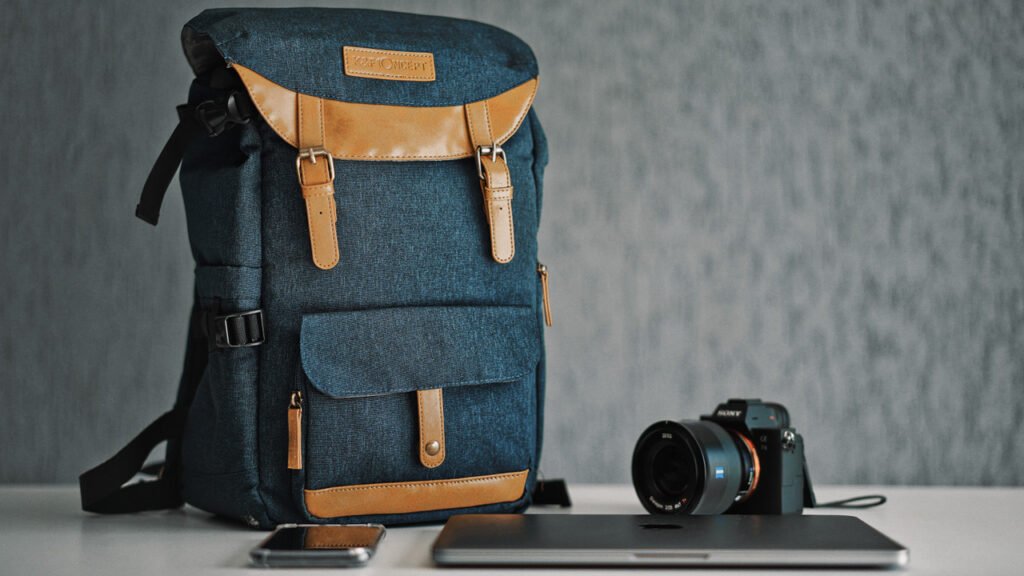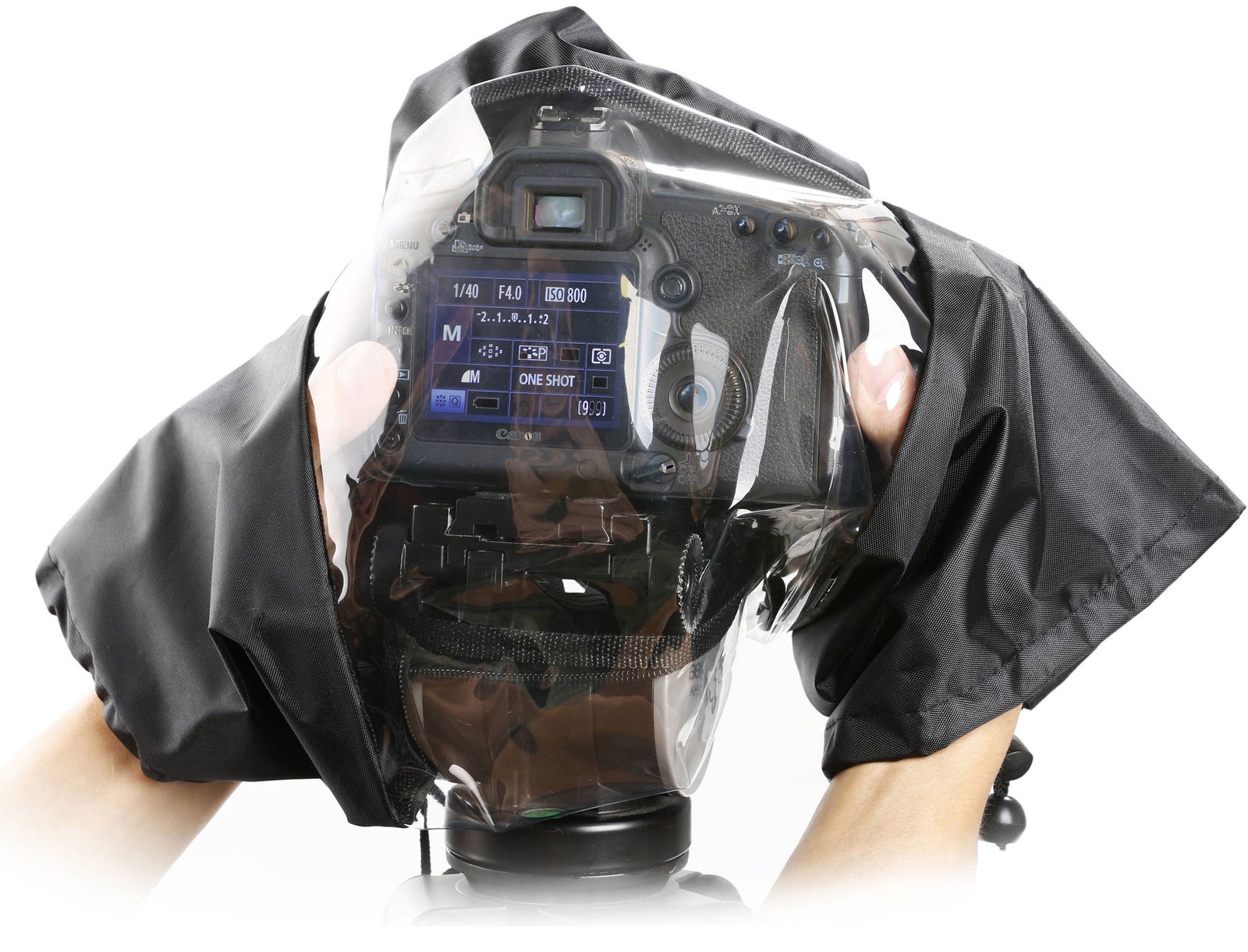Your digital camera is a valuable investment, and keeping it in top condition requires some precautionary measures. From avoiding physical damage to protecting it from environmental factors, there are several key strategies you can use. In this guide, we’ll explore the best ways to protect your digital camera to ensure it stays in great shape for years to come.
1. Use a Camera Bag
One of the most effective ways to protect your digital camera is by using a camera bag. This accessory not only offers convenience but also provides essential protection.
Choose the Right Bag
Select a camera bag that fits your camera and accessories comfortably. Look for bags with padded compartments and dividers to safeguard against bumps and drops. Whether you opt for a shoulder bag, backpack, or a sling bag, make sure it offers enough space and protection.
Regular Maintenance
Keep your camera bag clean and well-maintained. Regularly check for any damage or wear and tear, and replace the bag if it shows signs of significant wear. This will ensure your camera remains protected while you’re on the go.

2. Use a Lens Cap and Filter
Another simple yet effective method to protect your camera is using a lens cap and filter. These small accessories can prevent damage to the lens and enhance image quality.
Protect the Lens
Always use a lens cap when your camera is not in use. This small but crucial accessory prevents dust, scratches, and accidental damage to the lens. It’s a quick and easy way to keep your lens in pristine condition.
Add a UV or Clear Filter
In addition to the lens cap, consider using a UV or clear filter. This filter acts as a protective layer over your lens, shielding it from scratches, fingerprints, and other potential damage. It also helps protect your camera’s lens from environmental factors like dust and moisture.
3. Keep Your Camera Clean
Proper cleaning is essential for maintaining your camera’s performance and longevity. Regular maintenance helps prevent dirt and debris from causing damage.
Clean the Exterior
Use a soft, dry cloth to wipe down the exterior of your camera. For stubborn spots or smudges, slightly dampen the cloth with water or a mild cleaning solution. Avoid using harsh chemicals or abrasive materials that could damage the camera’s finish.
Clean the Lens
For cleaning the lens, use a lens cleaning brush to remove dust and debris. Follow up with a lens cleaning solution and a microfiber cloth to gently wipe the lens surface. Be cautious not to apply too much pressure, as this could scratch the lens.
4. Store Your Camera Properly
Proper storage is crucial for protecting your camera from environmental factors and potential damage. Storing your camera correctly will keep it safe when not in use.
Avoid Extreme Temperatures
Keep your camera away from extreme temperatures, whether hot or cold. Excessive heat can damage internal components, while extreme cold can affect battery performance and condensation. Store your camera in a climate-controlled environment whenever possible.
Use a Moisture-Absorbing Product
Humidity can be harmful to electronic equipment. To prevent moisture-related issues, use silica gel packets or other moisture-absorbing products in your camera bag or storage area. These products help keep the environment dry and protect your camera from mold and corrosion.
5. Be Cautious During Use
While you’re actively using your camera, take precautions to avoid accidental damage. Simple habits can make a big difference in maintaining your camera’s condition.
Avoid Rough Handling
Handle your camera with care. Avoid dropping it, bumping it against hard surfaces, or exposing it to harsh conditions. When using your camera, ensure you have a firm grip and be mindful of your surroundings.
Use a Tripod for Stability
When shooting in low-light conditions or capturing long exposures, use a tripod for added stability. This helps prevent camera shake and ensures sharp, clear images. A tripod also reduces the risk of accidental drops or bumps.
Conclusion
Protecting your digital camera involves a combination of using the right accessories, regular cleaning, proper storage, and careful handling. By following these best practices, you can safeguard your camera from damage and ensure it remains in excellent working condition. Remember, a little preventive care goes a long way in preserving the value and performance of your digital camera. So, invest in quality accessories, maintain your equipment diligently, and enjoy capturing stunning images with peace of mind.










